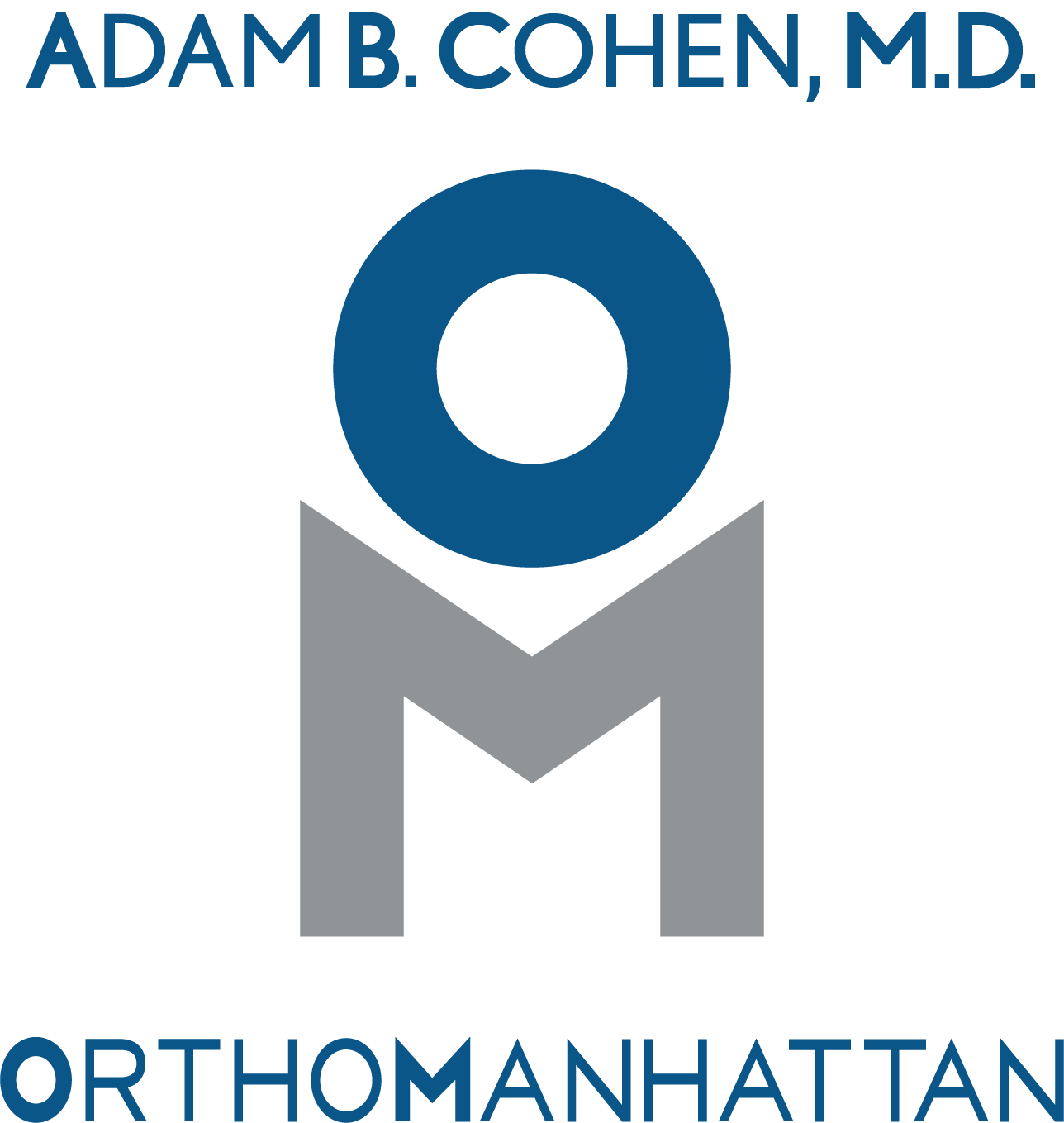Home > Shoulder > Rotator Cuff Injury > Rotator Cuff Repair
Overview
It has been estimated that there are over 250,000 rotator cuff repairs performed each year in the United States.
Arthroscopic surgery of the shoulder has become the gold standard for the treatment of most rotator cuff tears.
Some of the potential benefits of arthroscopic surgery include decreased pain - - with need for less opioids, decreased wound complications -- with faster healing of the incisions, less injury to surrounding tissue, and better visualization of normal and abnormal anatomy.
If your surgeon has recommended arthroscopic rotator cuff repair. The following description is a general outline of what will transpire, however each case is unique.
Anesthesia
There are different methods of providing anesthesia for shoulder surgery. One method includes introducing a numbing agent around the nerves that supply the shoulder and arm. This is referred to as a regional block.
For shoulder surgery we typically utilize what is called an interscalene block.
This will numb the shoulder and whole arm for the procedure and for many hours after surgery - - which helps to limit the pain associated with shoulder surgery.
In addition, your anesthesiologist will provide medicine through an IV to sedate or induce sleep.
Setup
The operating room staff will then prepare for the start of the procedure. A number of steps are taken to insure maximum sterility and safety for the procedure.
The first step is to position you properly on the operating table. There are basically two positions for arthroscopic rotator cuff repair - the beach-chair position and the lateral decubitus position.
After proper positioning, the shoulder and arm are cleansed with antiseptic solution for skin disinfection. The surgeon and assistants will scrub their hands and arms and put on sterile gowns. Sterile drapes are then applied around your shoulder to maximize sterility.
A “time-out” is then called. All the staff in the room, which typically includes the surgeon, surgeon’s assistant, anesthesiologist, registered nurse, surgical technician and all supporting personnel in the room, stop to introduce themselves and to discuss the planned procedure and to make sure everyone is ready and prepared. This has been shown to help eliminate errors and enhance safety.
Surgery
A small incision is made in the back of the shoulder and the arthroscope is introduced into the space between the humerus (ball) and glenoid (socket). The arthroscope uses fiberoptic and digital technology to enhance visualization of anatomic structures and is projected onto a monitor.
Fluid is then introduced to inflate the shoulder joint. This allows for clearer visualization of all structures.
A second incision is typically made in the front of the shoulder. Instruments (suturing devices, motorized shavers, etc) are placed through this incision to perform the surgery.
A full examination of the shoulder joint begins. All injuries are identified and the specific steps to address any abnormalities are planned. The structures that can be visualized include the cartilage, the biceps tendon, the labrum, and the rotator cuff, bursa, acromion, and acromioclavicular joint. Often a third incision (and sometimes a few more) are made so that all areas can be seen appropriately and all areas can be fully addressed.
Each rotator cuff tear is unique and there are many different devices that may be employed to accomplish the repair. Regardless of the particular technique or instruments used, the principle goal of the surgery remains the same — that is to reattach the torn rotator cuff tendon to bone. In general — high strength sutures are passed through the torn tendon and those sutures connect to anchors (anchors may be metal, plastic, or a biocomposite materal) that are inserted into the bone. The size of the tear will determine how many sutures and how many anchors are necessary to successfully repair the tendon. Your surgeon may recommend injection of platelet rich plasma (PRP) after the tendon is repair to enhance healing. This has been shown to decrease the rate of rotator cuff repair failures.
In addition, all other abnormalities in the shoulder will be addressed as needed - including bursectomy, subacromial decompression, acromioplasty, biceps tenodesis or tenotomy, distal clavicle resection, etc. These other procedures that may be necessary will be discussed with you prior to surgery. However occasionally your surgeon may find abnormalities in the shoulder during surgery that were not seen on your MRI study — they will also be addressed in the best interest of full recovery.
The incisions are then closed with sutures, sterile dressings are applied and the arm is placed in a sling or shoulder immobilizer.
You are then awakened and taken to the recovery room.
Recovery
Recovery takes place in several phases. The first few days may be painful and you will be prescribed pain medication to help reduce the symptoms. Sleeping flat can be difficult and it is recommended you use several pillows to help prop you up in a reclining position. Some find it most comfortable to sleep in a reclining chair early in the recovery period.
Icing is helpful after surgery to help relieve pain and decrease inflammation. There are several devices that can be used to provide continuous cooling of the shoulder after surgery which may be helpful but is not absolutely required.
You will be provided with a sling to protect the repaired tendon. Specific instruction on sling use will be provided by your doctor. Most circumstances allow you to take off the sling for gentle exercises, dressing and showering. You will need to wear your sling while sleeping. The sling will be worn for 4-6 weeks depending on surgeon preference and the size and quality of the torn tendon that was repaired.
At your postoperative visits, your surgeon will discuss with you the recovery plan, which often requires physical therapy. Physical therapy can last anywhere between 3-6 months, but each person’s situation is unique.
Frequently Asked Questions About Rotator Cuff Surgery
How long will I have to wear my sling after rotator cuff surgery?
It depends. On average you will need to be in the sling to protect the repair for 4-6 weeks. The size of tear and the quality of the repair will often dictate how long you need to protect your shoulder in a sling. Most often your surgeon will take into account many factors in determining the amount of time that is needed. It is important to balance the need for early motion to protect against stiffness with the risk of rotator cuff repair failure from premature motion. Remember — the tendon is reattached at the time of surgery, but healing takes place after surgery.
What is a rotator cuff anchor? What are rotator cuff anchors made of?
In most cases an anchor is used to reconnect the torn rotator cuff tendon to the bone. There are many different types of anchors made of different materials - - including metal, plastic, suture or biocomposite materials. Biocomposite materials are materials that slowly degrade over time and are replaced by bone. The process of degradation can take up to 3 years after surgery. The specific implant used is typically a function of surgeon preference.
When will I recover from Rotator Cuff Surgery? How long will I be out of work?
This depends on what we mean by recovery. Full recovery -- the time it takes to reach maximum improvement of motion and strength -- can be up to a full year. However, most people can return to sedentary work within a couple of weeks after surgery. In most cases you will be able to drive in 6-8 weeks. If your job requires heavy lifting, overhead activity and full use of your arm - then return to work could take 2-3 months or longer depending on the stresses your employment places on your arm.
When can I drive after rotator cuff surgery?
You are not allowed to drive after rotator cuff surgery while you are still in a sling. This usually means that you cannot drive for up to 6 weeks. Ideally you should avoid driving until you can comfortably lift your arms to the top of the steering wheel. The restrictions are necessary to protect your safety and others.
What are the success rates of arthroscopic rotator cuff tear? What happens if my rotator cuff repair fails?
The success of the surgery is most dependent on the size of the tear and the quality of the muscle and tendon being repaired. That is, chronic, massive tears have a lower rate of success than smaller, acute tears. Failure is also greater in smokers and those who have diabetes.
Failure of the tendon to fully heal does not necessarily mean a poor outcome. Many studies have shown that even in cases with failure of the tendon to fully heal, individuals show improved function and decreased pain.
For individuals with a failed repair and persistent symptoms of pain, weakness and difficulty sleeping there are a few options - revision surgery, superior capsular reconstruction and reverse total shoulder arthroplasty. The selection of which surgery is most appropriate depends on each particular situation.
What roll does Platelet Rich Plasma (PRP) play in the surgical repair of rotator cuff tears?
Recent evidence from pooled studies suggests that PRP in combination with rotator cuff repair, particularly for small and medium sized tears, reduces the risk of re-tearing. Despite these very encouraging findings, authors warn that “Platelet-rich plasma requires further study as to optimal dosing and preparation.”







![AdobeStock_238524365 [Converted].png](https://images.squarespace-cdn.com/content/v1/5a63d03ea9db09537e5b7dbd/1567437290182-4D4KM7XL785CCWREDZMC/AdobeStock_238524365+%5BConverted%5D.png)
